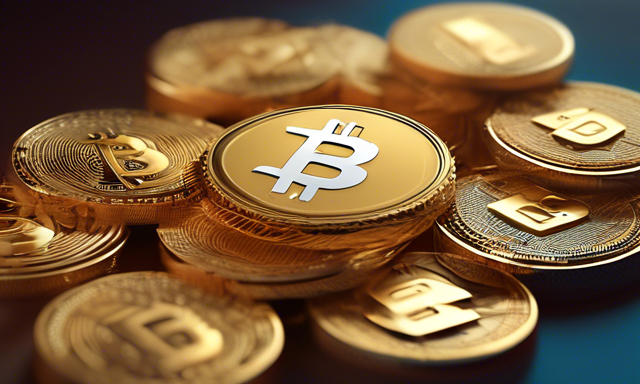Unlocking Cross-Chain Interoperability on Ethereum Layer-2 Networks
If you’ve been following Ethereum closely, you’re likely aware of the recent discussions led by Vitalik Buterin on achieving seamless cross-chain interoperability among Ethereum layer-2 (L2) networks. Buterin outlined his vision for overcoming the challenges associated with interoperability, emphasizing the need for a collective effort within the community to make this a reality. Let’s delve into the most promising approaches and Ethereum Improvement Proposals (EIPs) that are driving this initiative forward.
EIP-3370: Introducing a New Address Standard
One pivotal proposal in this roadmap is EIP-3370, which introduces a new address standard to enhance cross-L2 compatibility. This standard mandates wallets and decentralized applications (dApps) to display chain-specific addresses with a human-readable prefix, simplifying the user experience. By promoting a more user-friendly interface, EIP-3370 aims to streamline interactions across different L2 networks.
- Wallets and dApps display chain-specific addresses with human-readable prefixes
EIP-7683: Establishing a Communication Protocol
Another significant step towards achieving cross-chain interoperability is EIP-7683, which proposes a standard communication protocol for Ethereum L2 networks. This protocol seeks to facilitate efficient asset trading across chains by addressing the complexities and inefficiencies currently faced by users when transferring assets between networks. By implementing this standard, EIP-7683 aims to simplify inter-chain transactions.
- Standard communication protocol for different Ethereum L2 networks
EIP-3668: Accessing Off-Chain Data
EIP-3668 introduces a method for Ethereum smart contracts to access off-chain data in a standardized manner. Vitalik Buterin refers to this proposal as “layer-2 light clients,” aiming to make it more cost-effective for developers to build applications relying on extensive data sets without incurring high on-chain storage costs. By enabling off-chain data access, EIP-3668 enhances the scalability and efficiency of Ethereum L2 networks.
- Method for Ethereum smart contracts to access off-chain data
Phase 2 Updates for Enhanced Compatibility
Looking towards the future, Vitalik Buterin mentioned phase 2 updates to further improve cross-chain L2 compatibility. These updates include keystore rollups and proof aggregation, which are set to enhance the efficiency and scalability of Ethereum’s layer-2 networks. By introducing these updates, Buterin envisions a more seamless experience for users interacting across different L2 networks.
- Keystore rollups and proof aggregation for enhanced compatibility
Transition to zk Technology
Buterin’s vision also includes a transition to zk technology for all rollups to finalize transactions on Ethereum. While acknowledging the complexity of this transition, Buterin anticipates that it will take more than five years to be fully implemented. This shift towards zk technology underscores Ethereum’s commitment to enhancing security and efficiency across its L2 networks.
- Transition to zk technology for finalizing transactions on Ethereum
Addressing Complexity and Risk
Despite the promising outlook for Ethereum’s L2 networks, it’s essential to address concerns around complex scaling solutions. Vitalik Buterin has highlighted the risks associated with overly complicated Layer 2 networks, emphasizing the need for a balanced approach in blockchain ecosystem development. Striking a balance between innovation and risk management is crucial in ensuring the long-term success of Ethereum’s layer-2 solutions.
Hot Take: Navigating the Future of Ethereum’s Layer-2 Networks
As Ethereum continues to evolve, the path to achieving seamless cross-chain interoperability on layer-2 networks is paved with innovation and collaboration. By embracing standardized protocols and addressing key challenges, Ethereum is poised to unlock new possibilities for decentralized finance and blockchain applications. Stay tuned for further updates on Ethereum’s journey towards a more interconnected and scalable ecosystem.
Sources:





 By
By
 By
By
 By
By
 By
By

 By
By